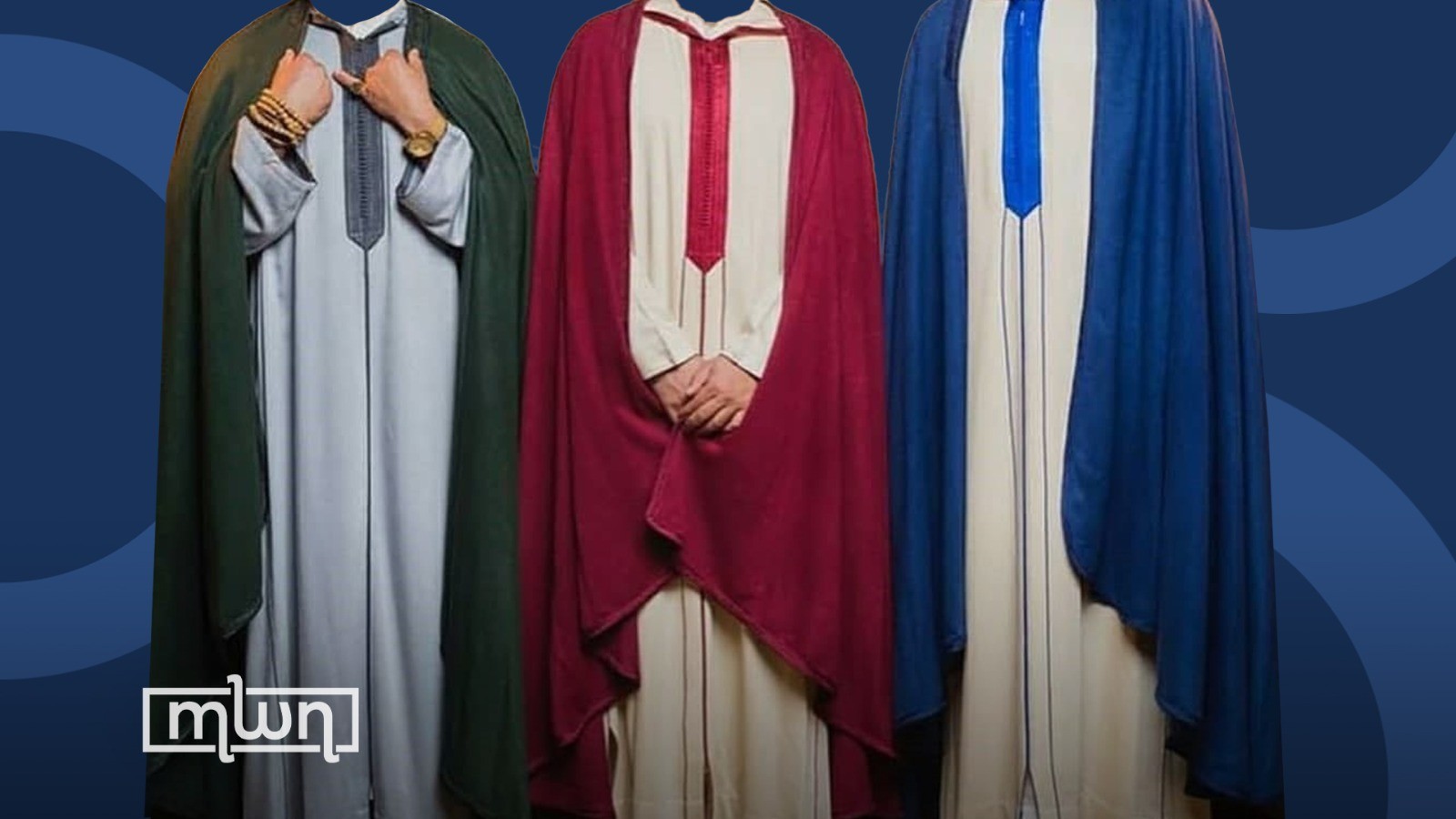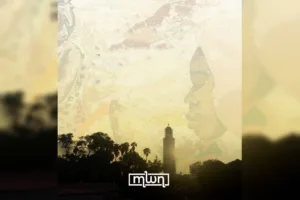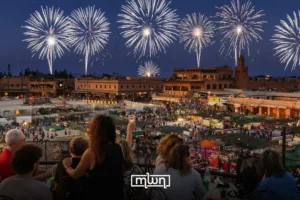Rabat – Following the pattern of Algeria’s tumultuous connection with Morocco’s rich cultural legacy, several Algerian Facebook pages and social media accounts are once again attempting to portray a Moroccan garment as traditionally Algerian.
These pages have been disseminating false material to support their misleading claim that Morocco “used an image of Algerian heritage [the selham garment] to promote a cultural event.”
Algerian pages on social media are attempting to appropriate the famed Moroccan cape in a culturally inappropriate manner. They claim that this traditional garment is Algerian and accused Morocco of illegitimately appropriating it.
Ironically, Algeria is now audaciously attempting to make the unfounded case that it is actually Morocco that has ruined and misappropriated Algerian heritage by creating false pages and profiles on social media.
Several Moroccans have taken to the Internet to react to this deplorable act, providing images to back up their statements, while the Moroccan Ministry of Youth, Culture and Communication is mobilizing more forcefully to preserve and publicize Morocco’s cultural heritage.
Under the leadership of Mehdi Bensaid, the department has made a number of national and international strides in this regard, most notably in collaboration with UNESCO and ISESCO. The latest development shows that Algeria is now resorting to thwarting Morocco’s efforts to reclaim its cultural artifacts that have been misappropriated by Algerian commentators and cultural authorities.
The selham is recognized as an authentic Moroccan garment, rooted in the customs and sartorial heritage of the kingdom’s centuries-long history.
Under the full term “selham makhzeni,” it has been used for centuries in transcriptions and representations of formal events.
Selham was first introduced in Morocco during the reign of Ahmed El Mansour Eddahbi, the sixth sultan of the Saadian dynasty, in the 16th century. Sultan Hassan I then popularized the name in the 19th century.
In his 1889 book “Au Maroc,” French writer and naval commander Pierre Loti attested to the selham’s Moroccan origins by describing Sultan Hassan I as donning the “Moroccan selham.” Ever since, it has been worn by all Moroccans, particularly at important religious occasions.
In addition to the ongoing appropriation of Moroccan heritage, Algeria has in recent years expressed its desire to reclaim Moroccan territory as Algerian.
In October 2022, Abdou El Fadl Baadji, the Secretary General of the National Liberation Front (FLN), caused controversy after claiming that the Moroccan cities of Oujda and Guercif in the eastern part of Morocco were historically part of Algerian territory.
Read also: Samira Haddouchi: The Muse Behind Moroccan Caftan Renaissance
















